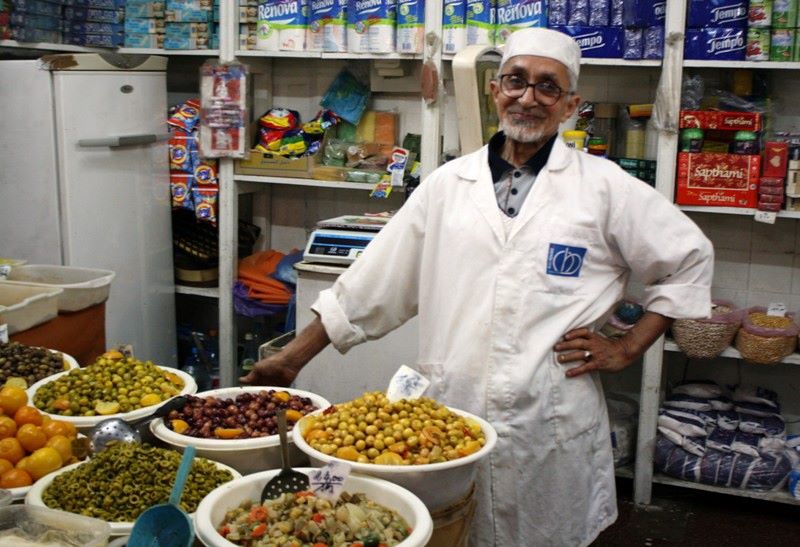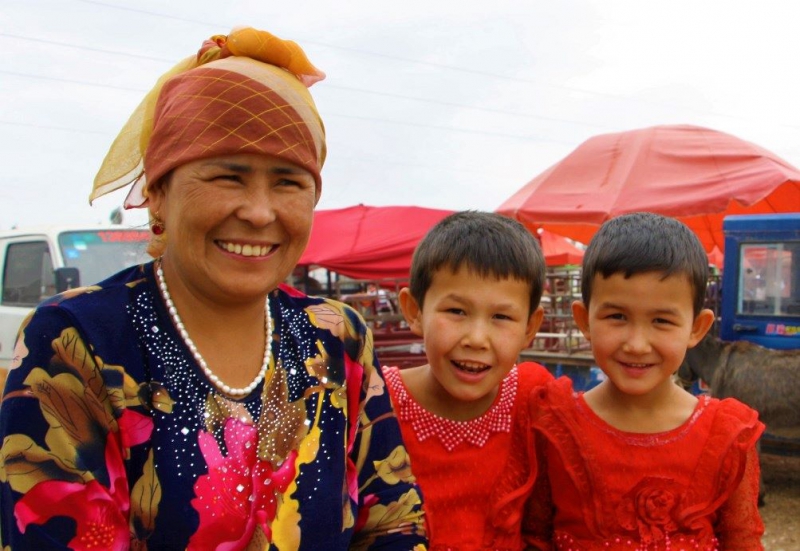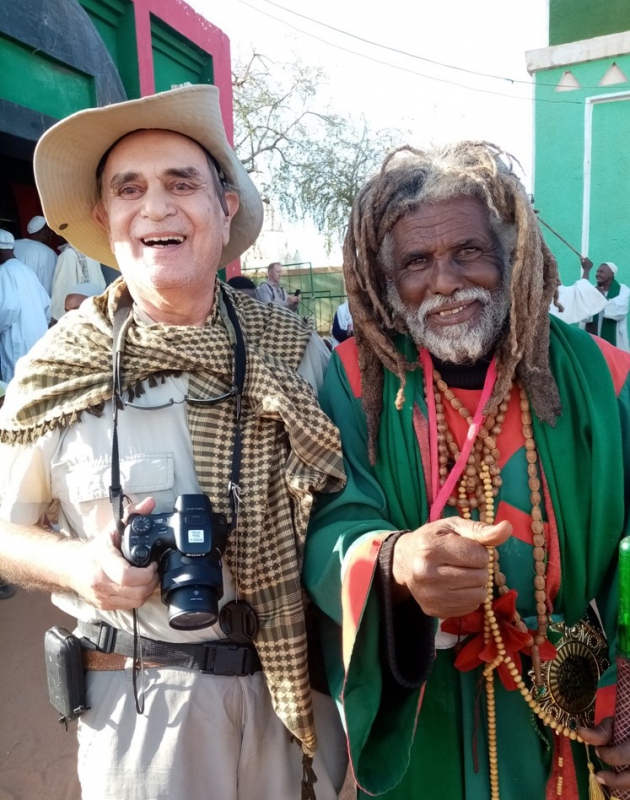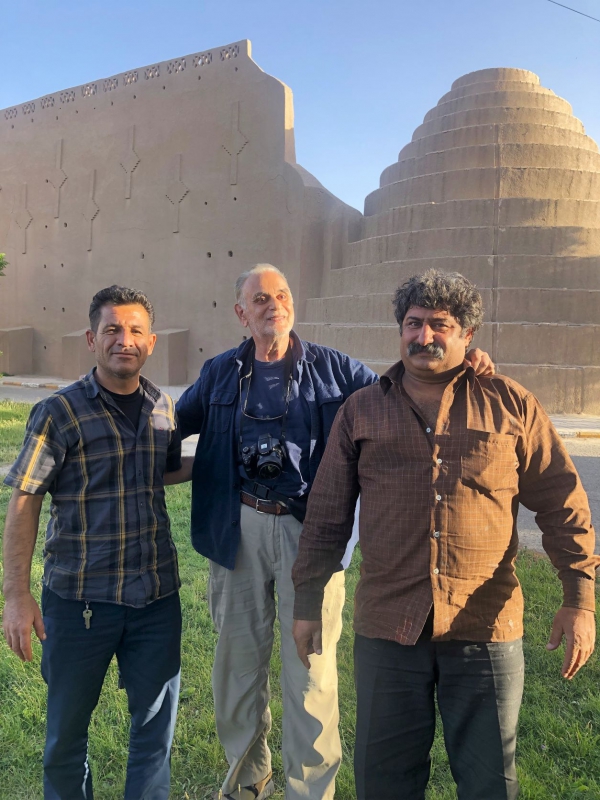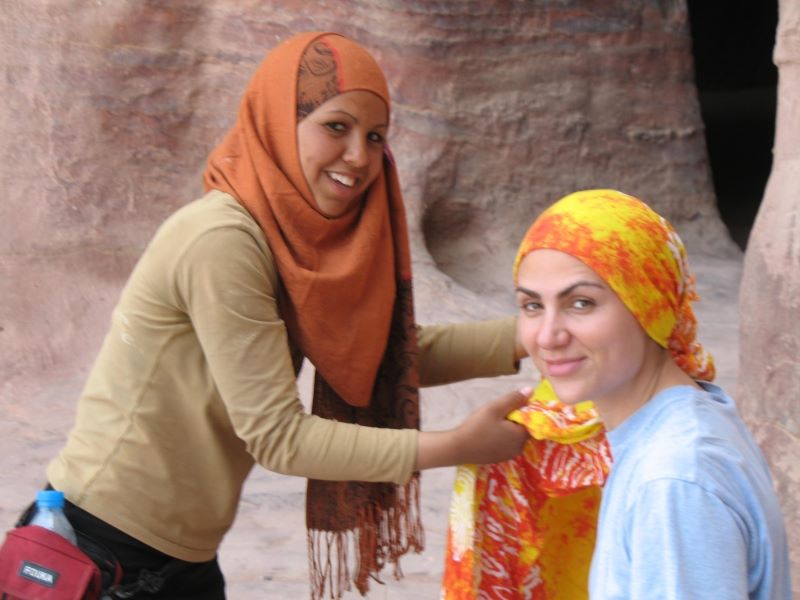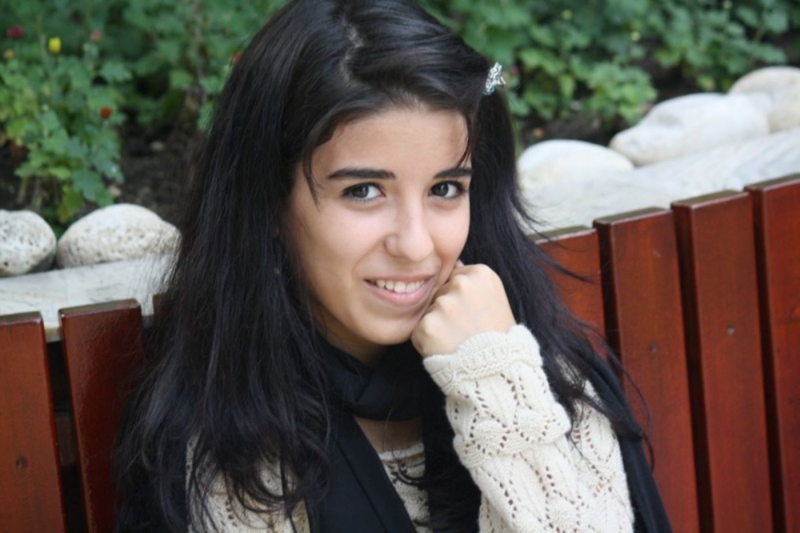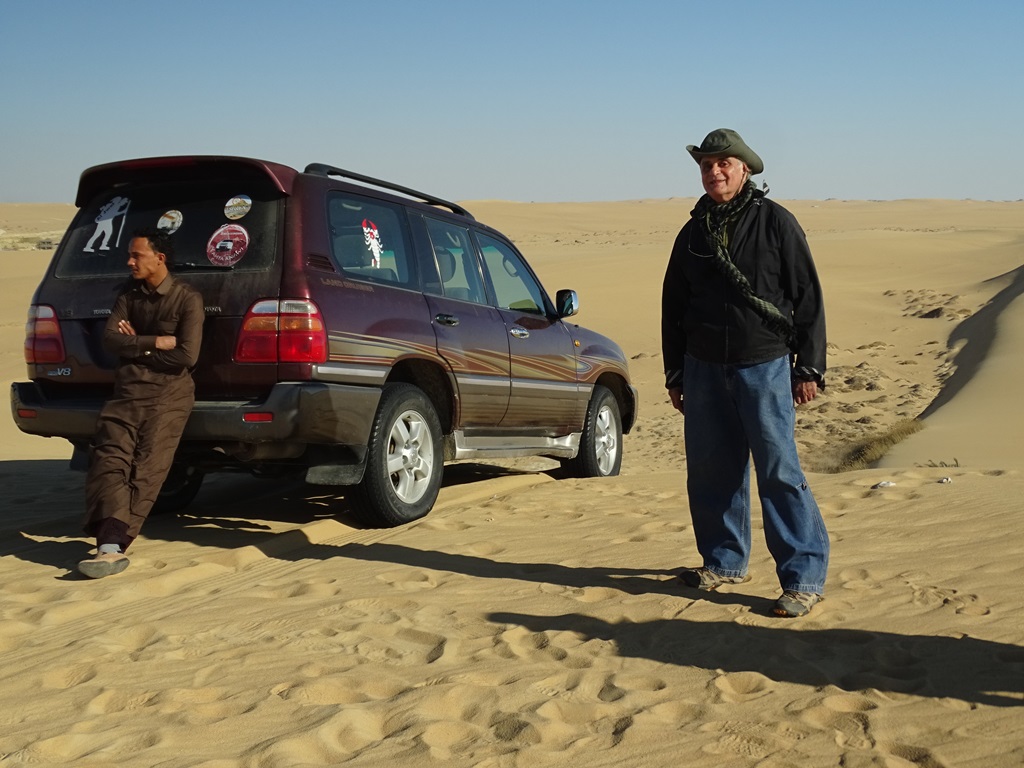Tham Dao Khao Kaeo Cave Temple
Posted November 15, 2021 by JanTham Dao Khao Kaeo
Tambon Phaya Klang
Muak Lek District
Saraburi Province
Thailand
November 15, 2021
The Tham Dao Khao Kaeo Cave Temple is 75 kilometers from Saraburi town or 122 kilometers from Nakhon Ratchasima city.
This cave is located up 100 meters of stairs from the foot of a hill, Khao Kaeo.
When rays of sun fall upon the cave, the walls sparkle red, black, and brown, like stars, or Dao, giving it part of its moniker.

